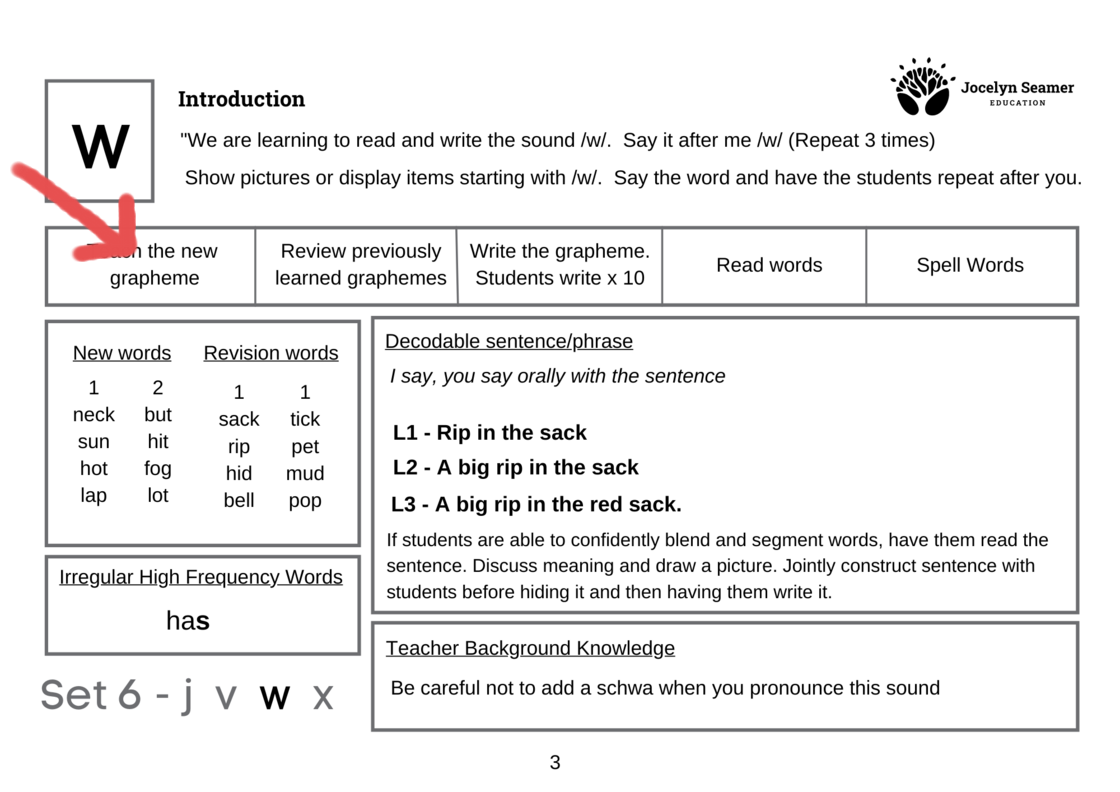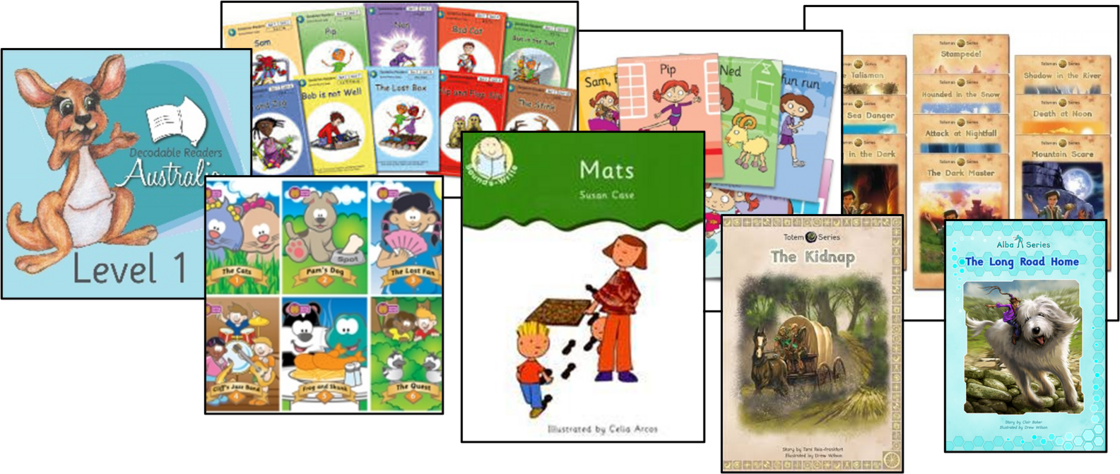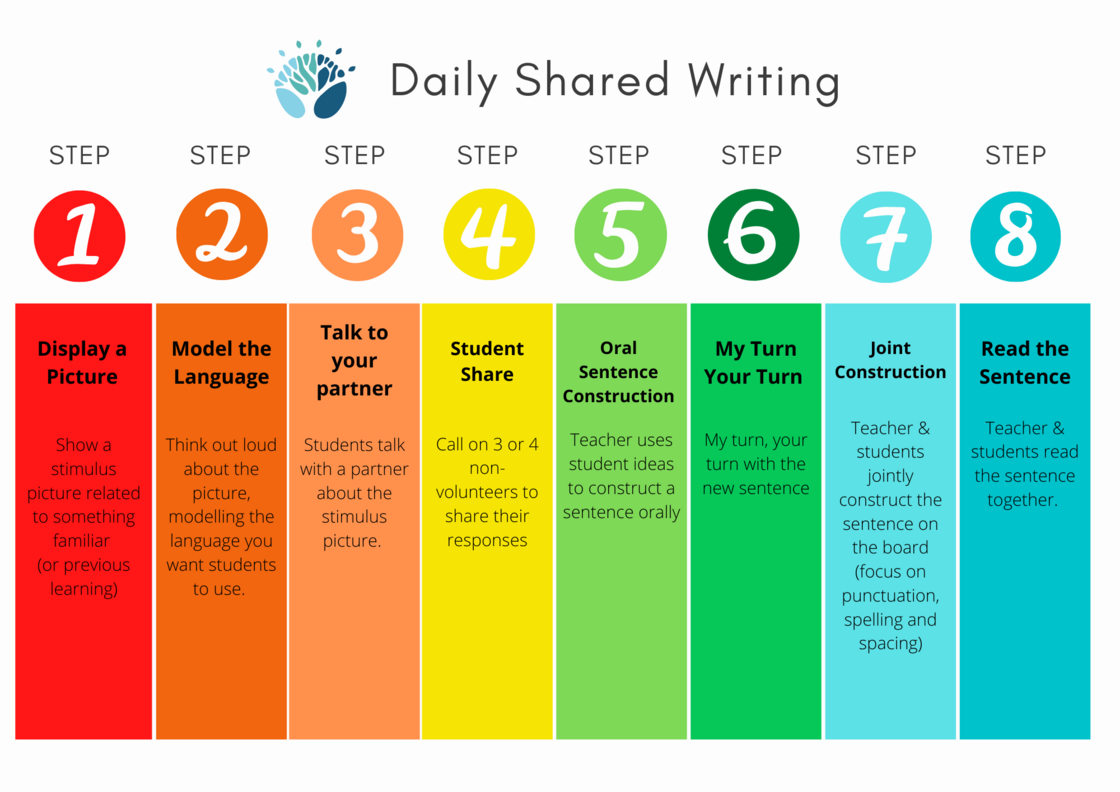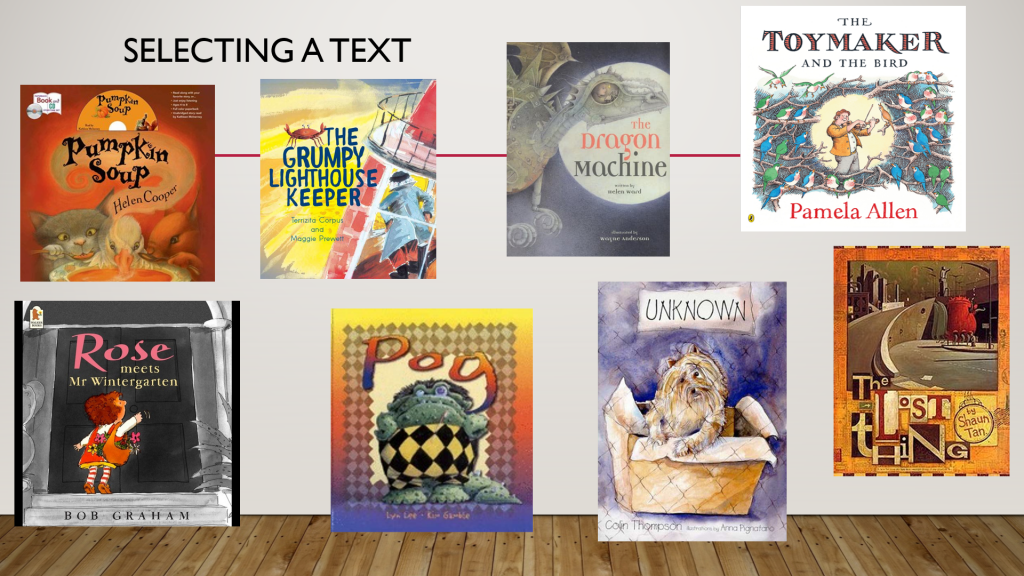The What, Why and How Long of the Literacy Block

It’s one thing to understand the basic of a systematic phonics lesson and the need to use decodable texts, and it’s another thing to know where that all fits in with the big picture of the literacy block. In this post I’m going to briefly outline the what, when, why and how long of what one option for a literacy block set up could look like.
Daily Review – approximately 15 minutes
Your daily review is a short, quickly paced chance to consolidate phoneme/grapheme correspondences, blending, segmenting, vocabulary and other concepts you might have been teaching. Consolidation is one of Dehaene’s 4 Pillars (see this post for more details) and it helps students to build the necessary automaticity that enables them to undertake complex tasks. Include a review session each day. It’s great if you can start the day with review, but on days where the timetable doesn’t allow for it you can pop it in wherever you can fit it in.

Explicit Teaching of graphemes and word level skills (25 min)
A daily, low variance routine is a core part of a structured literacy approach. In the early years this will involve phonics and word level reading and spelling. In the upper primary, the focus shifts to morphology and spelling. Students should both read and spell in each lesson. A sustainable routine that is the same each day, insisting on full participation and building in feedback, consolidation and skill building will ensure rapid growth for students. While teaching this low variance routine, it is important to notice when students are ‘wobbly’ on content and then reteach it the very next day. In this way we can prevent gaps in knowledge from appearing. When it comes to phonics, content must be pitched at the optimum level for each student to experience active engagement. Not to easy, not too hard. You can maximise efficiencies in this section of the block by connecting phonics and handwriting and teaching phonemic skills in the context of words during decoding and encoding.

Sentence Level Transcription (15 min)
In the early years, we need to provide explicit and supported instruction in how to put pencil to paper and produce a sentence. Use sentences that contain phoneme/grapheme correspondences and irregular high frequency words for means that they can focus on building stamina for writing more than one or two words. Handwriting skills must also be built to automaticity. If you write a letter a different way each time you write it, there’s a good chance that you don’t have much cognitive energy left over to think about how to spell words or what the next word in the sentence was. Complete this section as a joint construction focusing on embedding word level skills through sentence level production. Children do not think up their own sentences for this, you already have the sentence chosen from a decodable text or to match the sequence of phonics you are teaching. This section is generally not needed in the upper primary when students can already automatically write sentences, but if students need it you should include it.
Decoding and Reading (20 min)
It is in this section of the block that students engage in partner practice or fluency pairs. This is where oral reading of texts occurs, but only once students are able to read CVC words with some fluency. Providing books before students have reached this point is of little value. Match the texts to students’ reading development and have each student working with a partner who is reading the same complexity of text that they are. This ensure that each person has the benefit of feedback if they make an error. For the early years this might mean that some students are reading words, some are really fully decodable texts and others are reading mostly decodable texts. In the upper primary, it might be all of these options and you will also have students reading uncontrolled text. This part of the block does not replace your whole class lessons with rich text. It is a chance to practice reading aloud, lifting the words from the page and develop reading rate as well as other aspects of fluency. Irregular high frequency words are taught in this part of the lesson to support students to read their texts.

Shared Writing (15-20 min)
If the transcription routine is about getting sentences down on the page, shared writing is a chance to engage in joint construction of sentences containing rich vocabulary and the sentence and grammatical features you have been teaching. Provide a stimulus, model the type of language you want students to use, have students talk with a partner and select students to share their responses. From there, co-construct the sentence on the board having students help to spell the words. If students have the necessary transcription skills, they might then write the sentence, but if they don’t, it’s fine to keep this as a purely oral exercise. The focus is on oral sentence production. If you are strapped for time (or simply want to extend literacy across the curriculum), you can use this structure in science, maths, HASS or any other curriculum area. After all, language and writing belong right across the whole day.

Language and Literature Based Lesson (30-40 min)
This is the part of the literacy block where you break out the rich text and focus on language, the top of Scarborough’s reading rope and writing. This is where you explicitly teach vocabulary, genre, examine characters, text structure and then have students write. In the early years, you would also teach morphology, syntax and parts of speech in this space.

The above outline of a literacy block is a suggestion of what things might look like. There are many ways to implement structure literacy teaching and the way that you approach this will depend on your school’s context, the learning profile of your students and your own skills in teaching explicitly. The aim of any structure literacy block is to maximise time on task and provide the most direct path to learning. Structure does not mean an end to creativity or developmentally appropriate practice. It does mean that we are clear, efficient and focused on equipping our students with the skills and knowledge they need to have strong foundations in literacy.

 Jocelyn Seamer Education
Jocelyn Seamer Education

6 comments
Hi Joyce, Thank you for your insightful post. I appreciate the details. I see that the first 90 minutes break down to about 50% skill and 50% application. The students learn and practice word work, writing, and reading during those first 90 minutes. Then you add 30 to 40 minutes for a language and literature based lesson. I appreciate this structure and can see how it would be beneficial. Is your vision that this is all whole group instruction? I'm wondering where and or when you see small group instruction fitting? Thanks!
Hi Amy,
This week's post is for you!
Take care,
Jocelyn
Thank you for your post. I'm always interested in how teachers organize their literacy block. I continue to work with small groups of children, but am interested in teaching whole class. My question is around differentiation. How do accommodate the students' different skill levels? For example, some of my students would need to learn the /w/ phoneme/grapheme, but I have eight students who are way past that and ready to work on learning more complex vowels, as well as syllable types. I find these accommodations are easily made in small group formats, but wondering if there is a way to introduce more whole class instruction. Thanks! Really enjoy your posts.
Could provide a similar Blog for midde and upper Primary please?
Thank you for this insight. It is really helpful in framing my thoughts as I program ready for this year.
Hi Jocelyn,
Do you have any recommendations for what this might look like when working with students of very different levels? Eg. Would you pitch the “daily review” for the middle with an extension / scaffolded option?
Thanks,
Sarah
Leave a comment